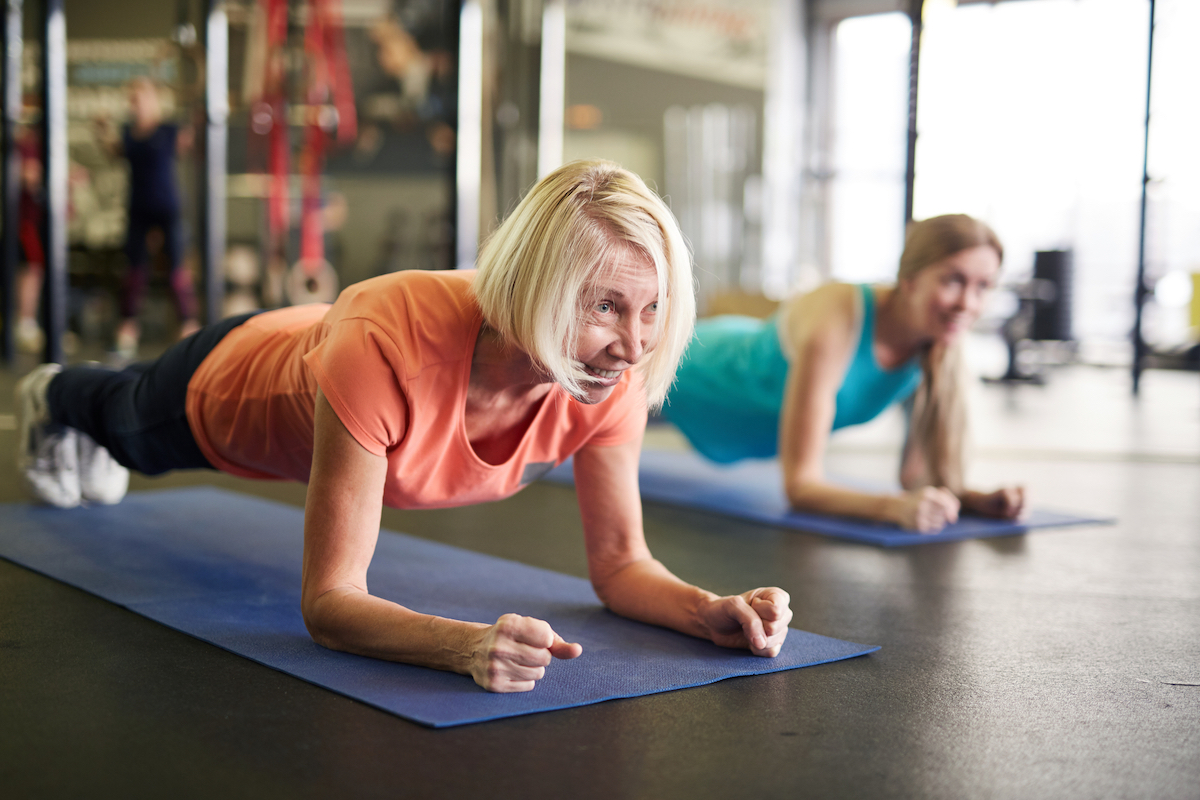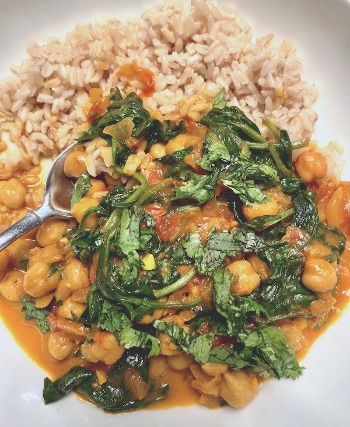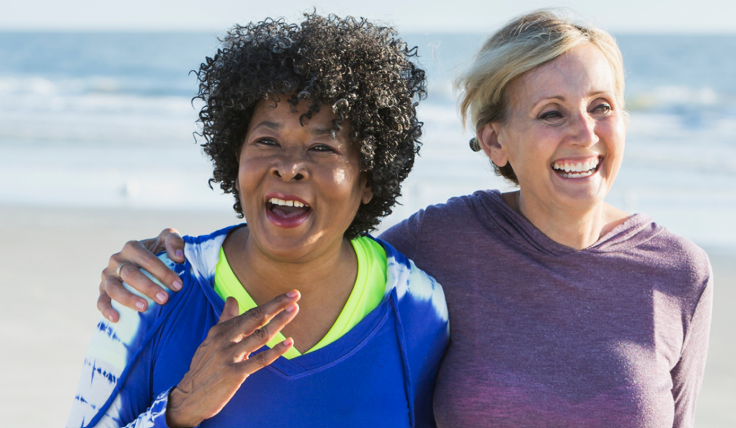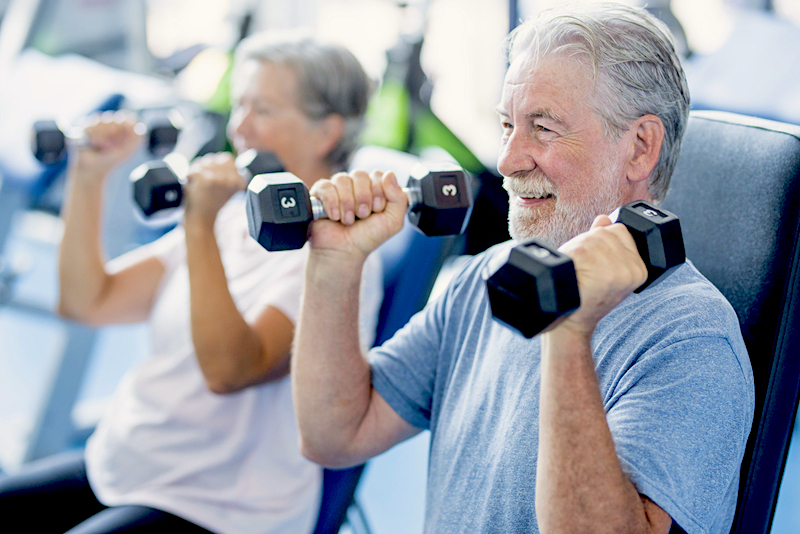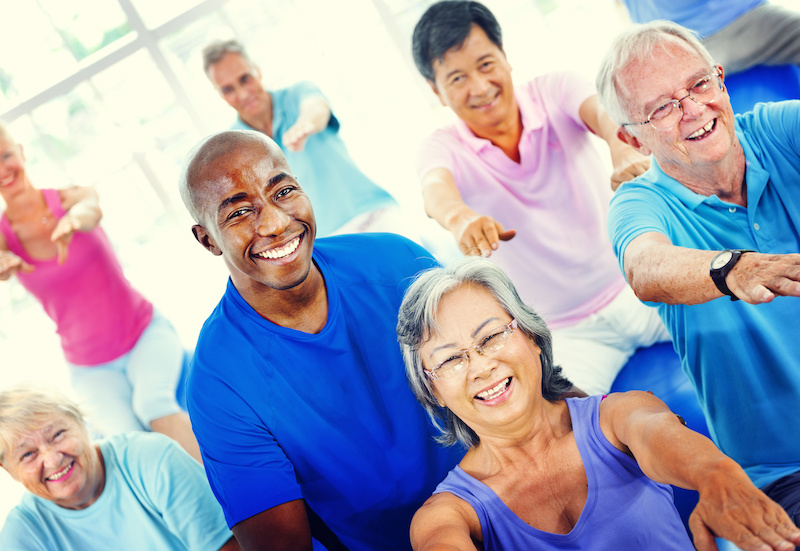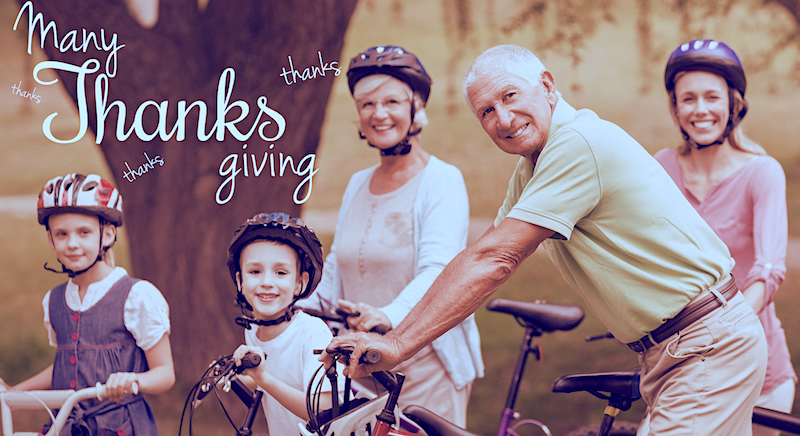Studies show that having a purpose is key to overall optimal aging and to success in fitness at any age.
Once you meet 80-year-old track-and-field champion Howard Booth, you won’t doubt that again.
It’s Howard’s commitment that keeps him going in life and in sports.
“So much of it is the psychology,” says Howard, a retired professor. “I know that deep down, doing this stuff is good for me. There is a little bit of self-brainwashing involved,” he says, describing what others might call motivation.
He worked out in gyms before the pandemic and then built a home gym with a stair stepper, treadmills, chin bars, free weights – and a pole-vaulting pit in the back yard. He likes to lift weights, perform bodyweight exercises like pushups, and practice dynamic balance moves.
Howard has won three gold medals in pole vaulting in World Masters Athletics championships. He’ll compete in Sweden this summer in pole vault, hurdles, and a relay team.
His speed and strength training make him a competitor. Vaulting alone requires you to race down the track and hoist yourself over a bar 7 feet high.
“Drive is why I got a PhD. That’s why I had a great career as a professor,” said Howard. “It is paying attention to details of what you’re doing at that time.”
Determination Is Key
You don’t have to be a retired professor, a pole vaulter, or as dedicated as Howard is. You just need a purpose to keep you moving. Experts say we need at least 150 minutes a week of moderate intensity cardio exercise, plus two strength training sessions a week, to stay healthy.
Many active agers benefit from focusing on a main “why.” They can return to it like a mantra for ongoing inspiration… Maybe they want to walk a granddaughter down the aisle, enjoy a summer working the back yard, or follow doctor’s orders to treat symptoms of chronic health conditions.
It doesn’t matter “what” your “why” is. Just that you have one.
Optimal aging requires the strength, stamina and agility to live life on your terms for as long as possible. It takes effort and determination, but you’re no stranger to putting in work to enjoy rewards later.
Plus, as Howard shows daily, it’s fun to move your body and to challenge and reward yourself.
He enjoys hiking with his wife, a painter, and they visit museums together when traveling for his track meets. Howard has a mountain bike and likes to paddleboard.
For anyone not quite as advanced – or, well, determined – as he is, Howard has some simple advice.
“Start simple and easy,” he says. “You get better and you learn to do new things, which is better than sitting there watching some stupid TV program that has no merit. When you’re done, give yourself kudos: You did it.”
Let us show you how to get that sparkle of drive back in your eye. Call or come see us today.


